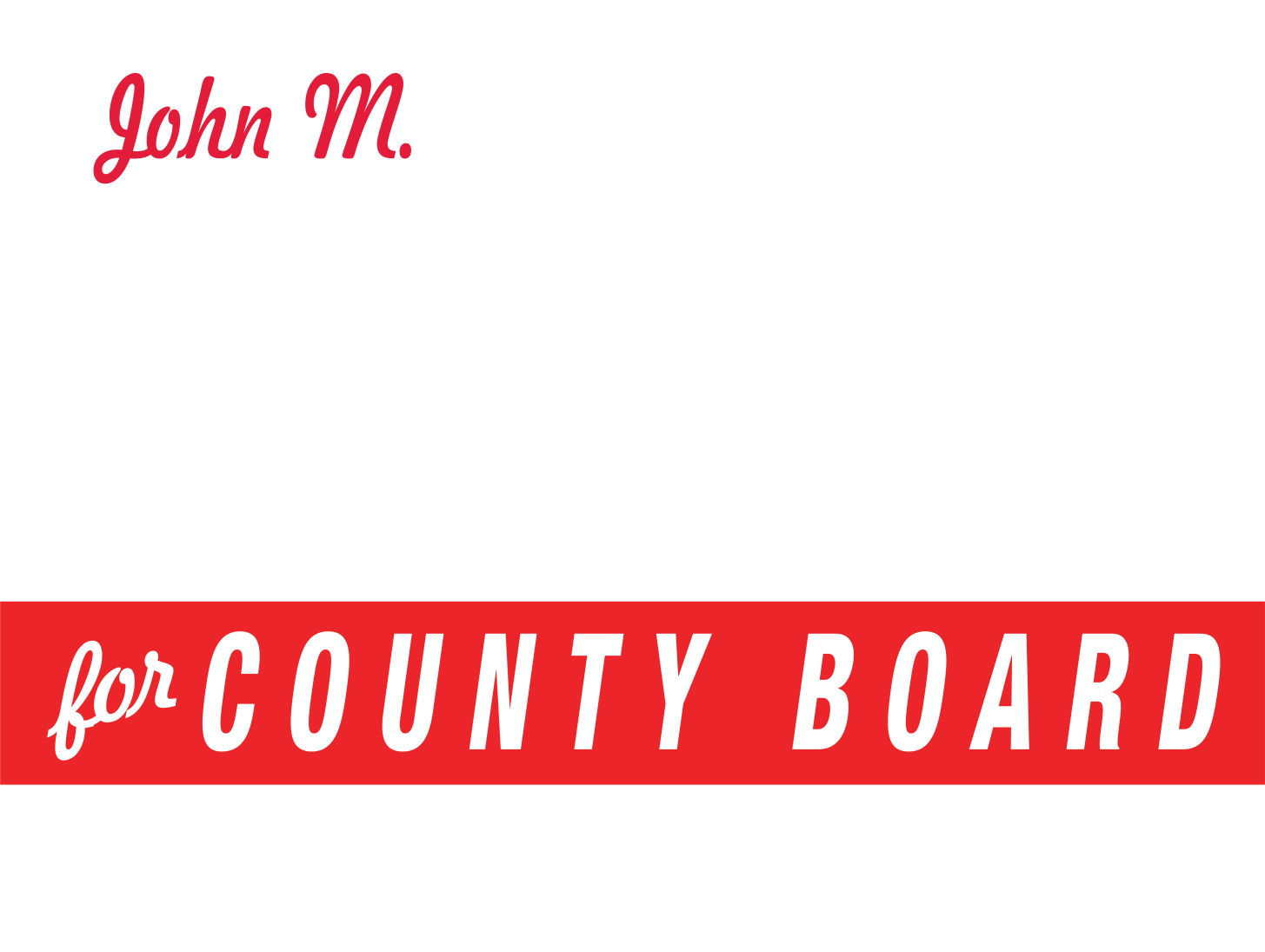Contract with the Community
In 2017, I introduced with the help of my friend Shane Nicholson, the “Contract with the Community,” a 10 item list of simple reforms and ideas intended to bring about a more open, honest and transparent government. Over the coming days, I will be revisiting and updating each of those 10 items. Today we’re on No. 10, “Adopt Best Practices.”
Define the Best in “Adopt Best Practices”
Politics sometimes leaves us feeling trapped in a snowball rolling down a mountainside. Politicians, especially new ones, bandy about buzzwords like transform and transparency; and buzz-terms like forensic audit and best practices. The politician who implemented all of these would probably solve every problem, right? So what’s the problem?
One of the challenges for public officials is defining terms. When we try to adopt best practices, it is important to understand that the words best, and common are not necessarily synonymous. If people want the best use of their tax dollars government should work to ensure it is implementing the former.
Are We Just Too Different?
How can we know if something is a best practice? For some, the argument is there really is no such thing. Mike Pagano, in his article “Why do Cities Struggle to Replicate Best Practices?” argues the reason best practices are hard to replicate is because of the differences between communities.
“Cities, urban regions, suburban communities and rural towns have only one thing in common and following a Pied Piper is not one of them. Besides being composed of human beings, cities are unique.” There are racial, ethnic, socioeconomic, legislative, and structural differences from one community to another. Adopting a best practice is more of choosing to adopt an idea that looks like it worked somewhere else and mutating it to fit into one’s particular circumstances.
It is not hard to find local examples. Winnebago County has often been the subject of comparisons to McHenry County, especially during labor negotiations. These comparisons are made despite the fact that McHenry County has a lower crime rate, and higher property values and median household income. In other words, McHenry County has more tax dollars with less tax expense than Winnebago County so it can afford to find some things Winnebago County can’t.
Yes We Can Define and Adopt Best Practices!
Chris Fabian, co-founder of the Center for Priority Based Budgeting disagrees. His blog post for the International City/County Management Association (ICMA), “Reconsidering Best Practices in Local Government,” suggests looking beyond municipalities when considering best practices.
“Changing your car’s oil is considered a best practice. However, there are a myriad of different vehicle and engine types manufactured by dozens of independent companies. There are many different oil grades and depending on the vehicle specs and habits of the driver, many different recommendations on how frequently the oil should be changed. Regardless of the many unique factors that must be considered when determining the frequency, an owner should change their vehicle’s oil, the oil must be changed. It is a best practice and if this practice is not followed vehicles will break down.”
He further writes that the ICMA and the Alliance for Innovation (AFI) formed a partnership to develop and share the best practices of local governments through an organization called, Center for Management Strategies. They identified 3 criteria for defining a best practice.
Scalability: “The practice must demonstrate that it has worked in local governments of all sizes, large and small.”
Methodology: “The practice must have a process involved that can be followed and replicated to achieve success.”
Proven Results: “There must be evidence that the practice leads to results.”
If taxpayers are to have confidence in the “best practices” touted by public officials, the public officials should be able to demonstrate how the best practice meets the three criteria above while citing examples. There are numerous organizations detailing what local governments are doing, and the results, including those referenced above.
What if There Isn’t a Best Practice to Adopt?
What happens if there are no best practices? Some challenges truly are unique or unforeseen. What should public officials do when the best practice has not been discovered yet?
The first step should be to study the issue and make sure best practices do not exist. Numerous resources are available. Networking with other government officials will help provide perspective on not the challenge and prospective remedy.
Once it is as clear as possible that no best practice exists, draft solutions publicly. One of the several errors made by former County Board member John Guevara in his effort to reform the legislative process was his failure to ensure the work was presented as publicly as possible through the beginning of the process. Those days are over.
Lastly, be open to change. Once an idea to solve a community problem has been passed, measure it and be prepared to change course based on the results. Dark and mysterious waters do not reveal their secrets on inspection. Public officials should be prepared to adjust course accordingly.
Closing Adopt Best Practices
“We the people” can have confidence in best practices adopted by our local governments when those practices meet the criteria of scalability, methodology, and proven results. We can trust officials who blaze new trails with solutions when they have studied the problem, drafted the solution publicly, and are open to change.
Government is complicated and complexity is not a vice. Pandering is. We should hold our public officers and those evaluating them to the highest standards, and adopt best practices when we can. When there isn’t a best practice, let’s choose officials willing to blaze new trails.






